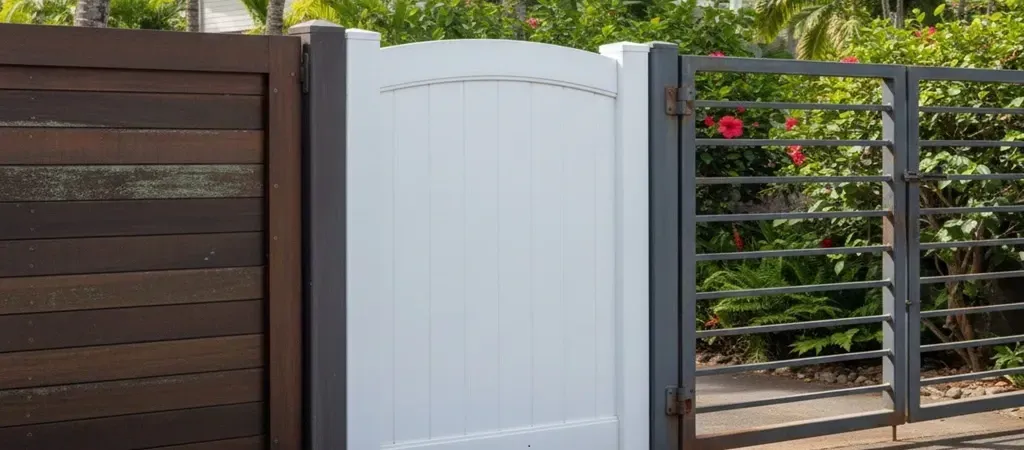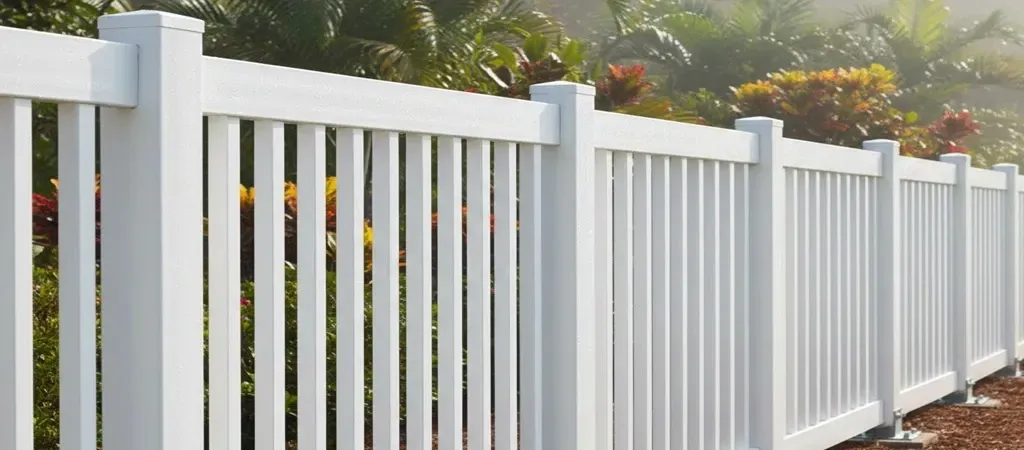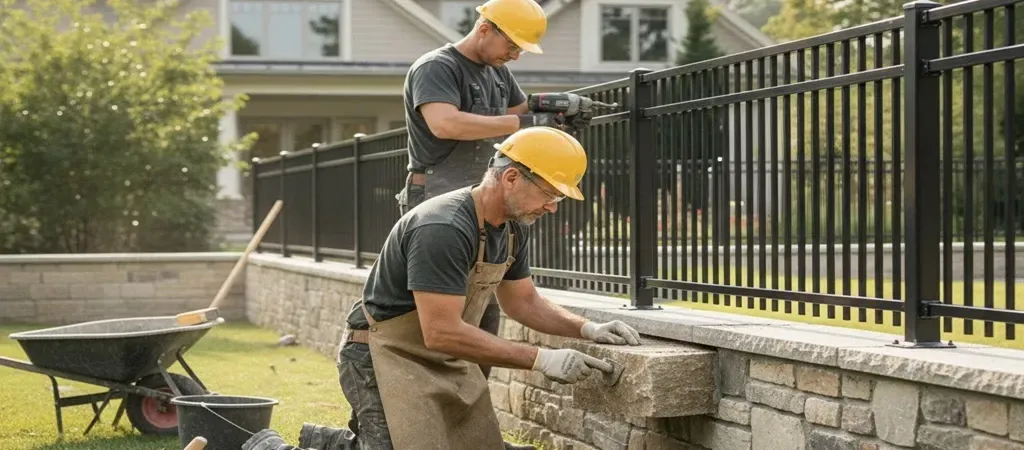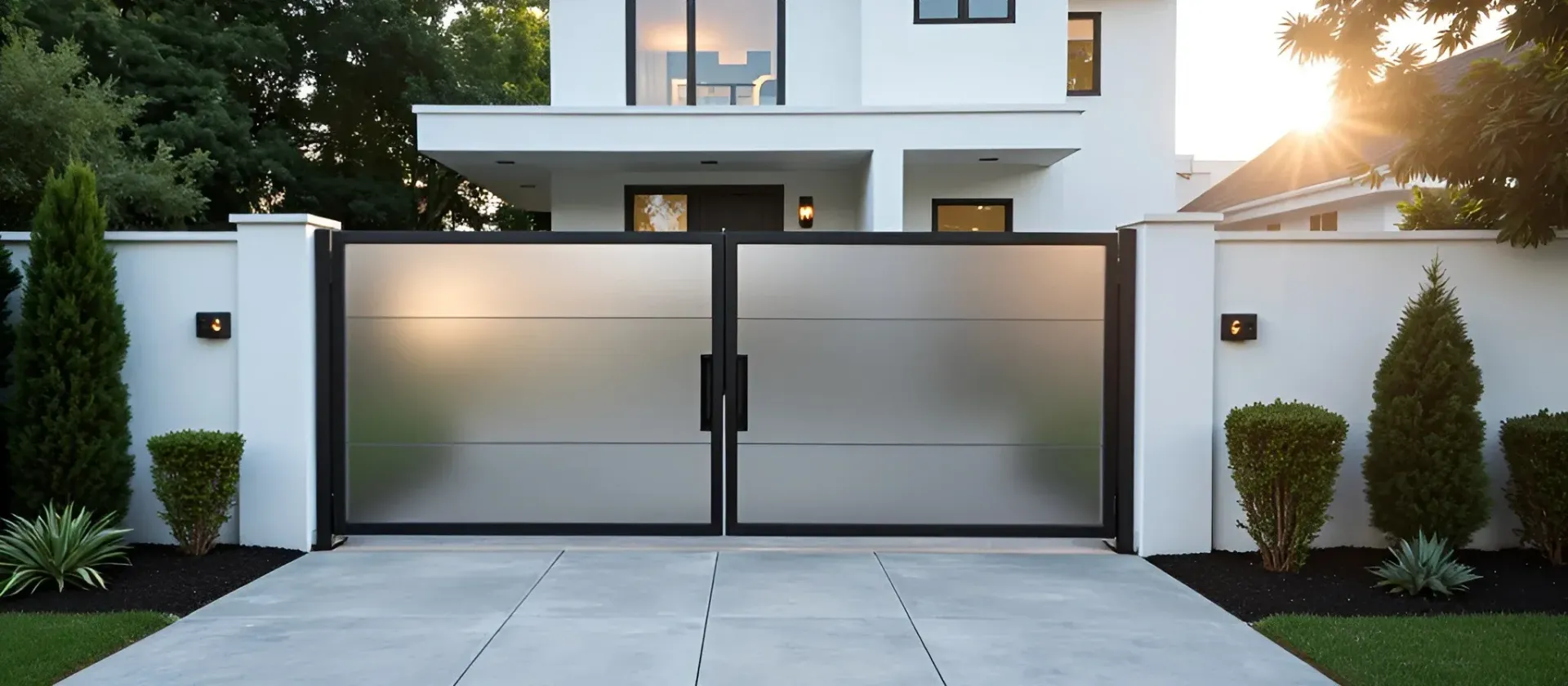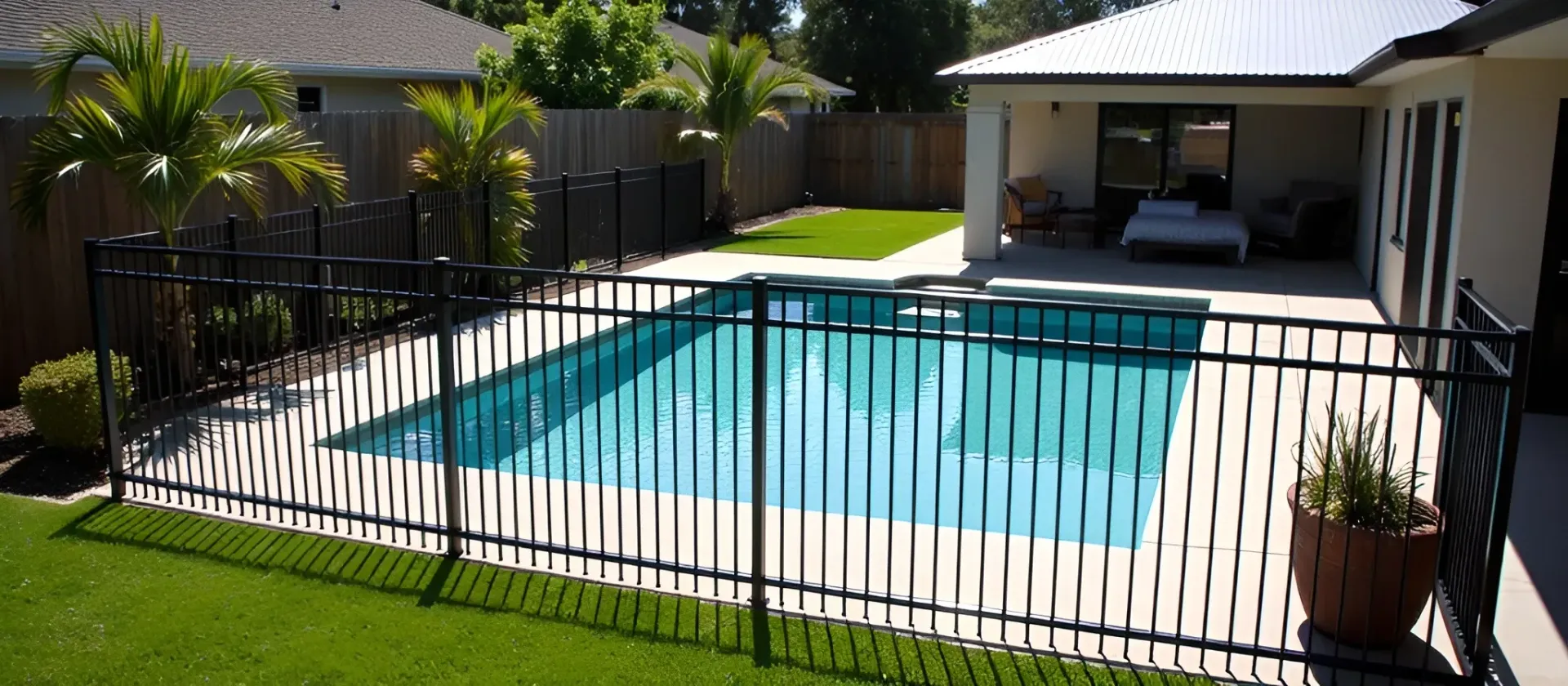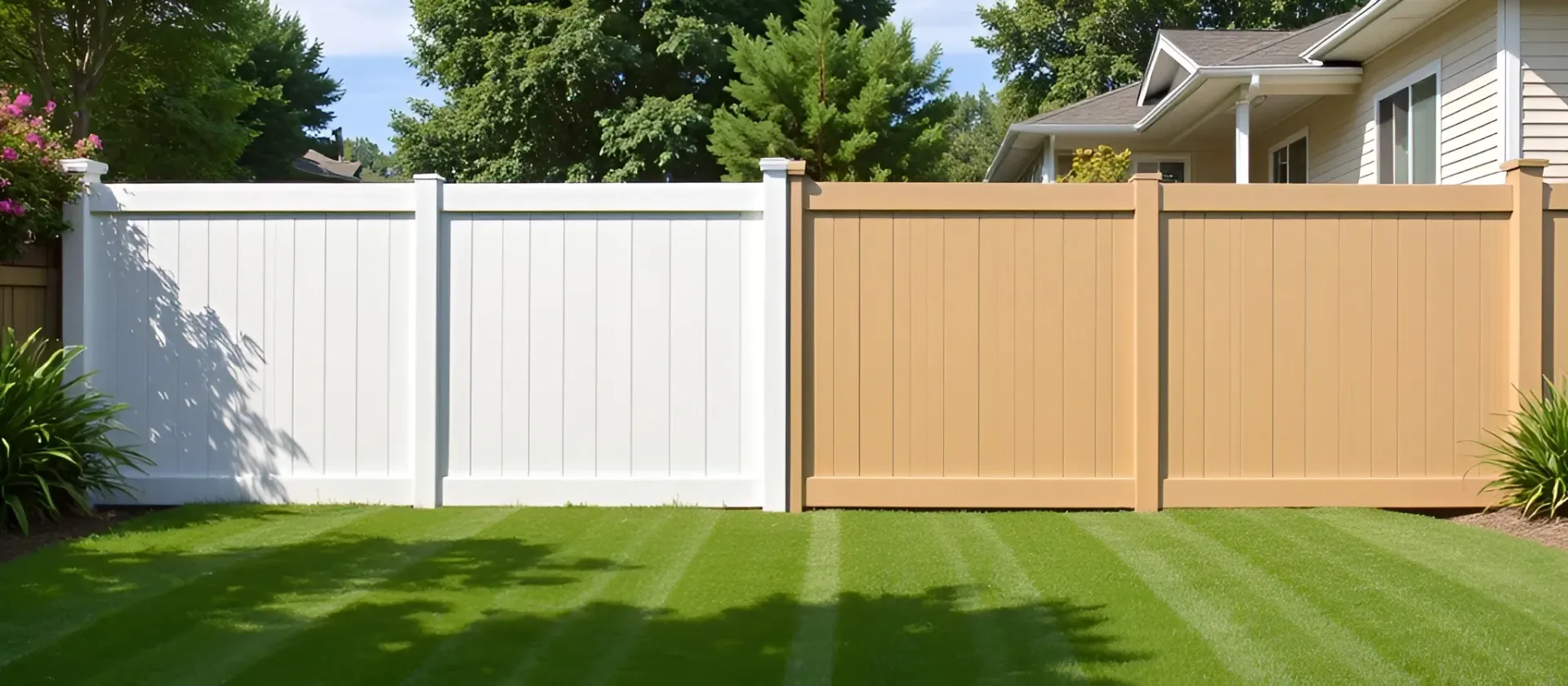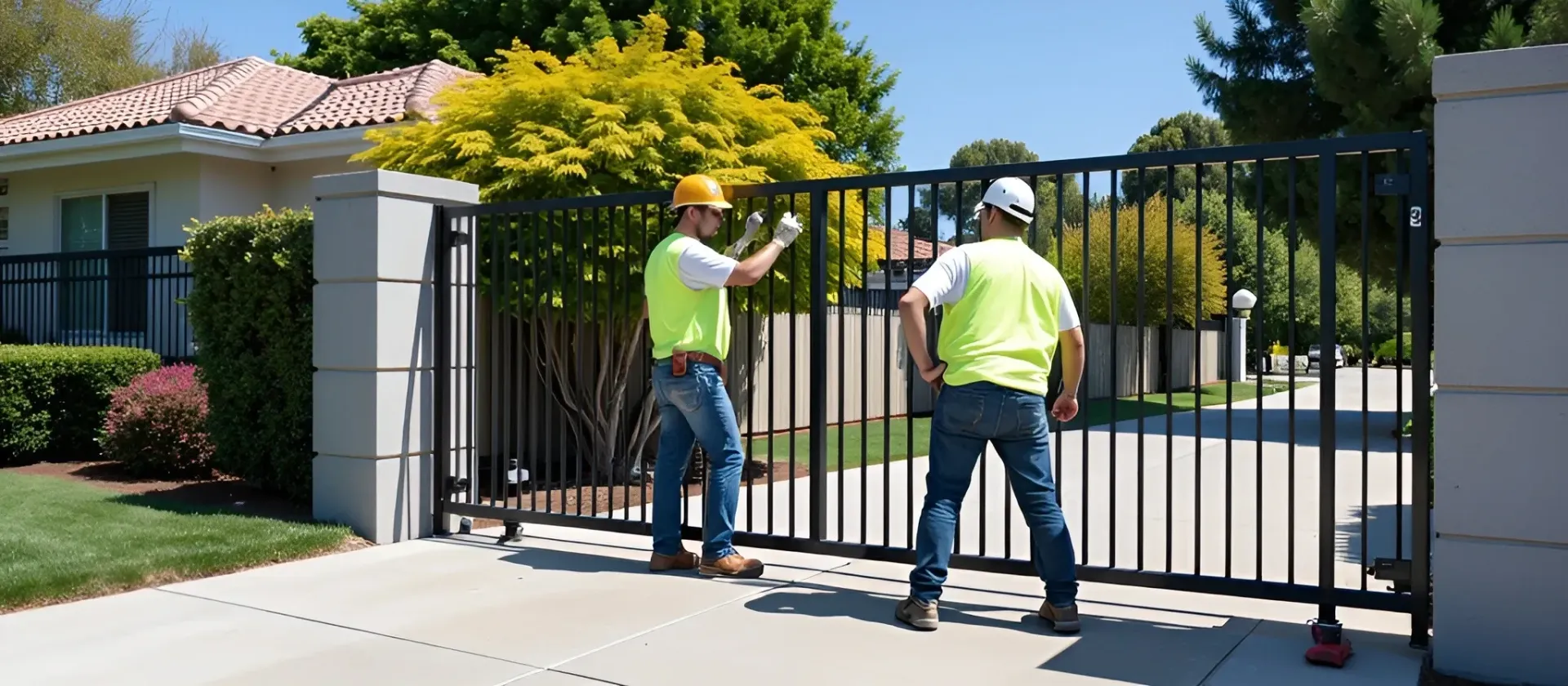Aluminum vs. Wrought Iron Fencing: Which is Better for Your Home?
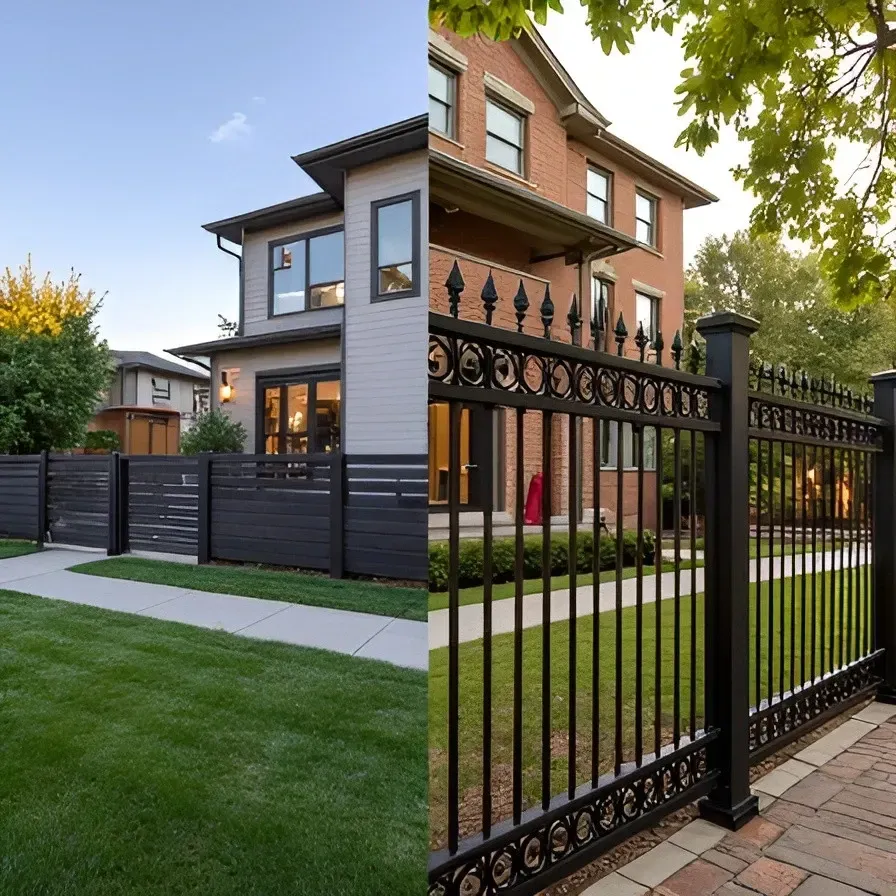
Selecting the right fencing material is critical to your home’s curb appeal. The more durable a fence, the longer it will last and the better it will protect your property and home.
Many homeowners are unaware of the significant impact fencing can have on their homes’ safety and overall appeal, so they make the wrong choice.
Aluminum and wrought iron are two common fencing materials. Both are attractive and durable, but differ in cost, maintenance, weight, and performance.
But which one fits your home better when it comes to comparing both?
Let’s explore the pros and cons of both materials, maintenance, durability, and most importantly, their environmental sustainability. This blog will help you make the right choice between aluminum vs. wrought iron fencing.
Aluminum vs. Wrought Iron Fencing: Understanding the Difference
Before you make a purchase, it is essential to understand these materials and their structural strength.
Aluminum Fencing
Aluminum is a lightweight but very reactive metal. Its natural oxide coating protects it against rusting and corrosion. Because of this protective oxide layer, aluminum is excellent for outdoor use, including fencing.
Wrought Iron Fencing
Wrought iron is an iron alloy containing extremely low carbon content (less than 0.08%). Unlike cast iron, it’s malleable and can be bent into complex shapes through heating. Due to its robustness, wrought iron is strong and shock-resistant, but can rust if not correctly maintained.
Below are additional contrasting features to check before you select your fencing material.
Structural Durability: Aluminum vs. Wrought Iron
Aluminum and wrought iron can last long, but in different situations.
Aluminum fencing is rust-resistant even in humid or coastal areas because its oxide coating protects it from moisture and air. In addition, many good-quality aluminum fences have a powder coating that makes them more resistant to Ultraviolet rays and prevents them from fading or chipping.
On the other hand, wrought iron is quite sturdy and can handle a lot of pressure. Due to its high tensile strength, it is a perfect choice for security fences.
In short, aluminum fencing wins the battle of aluminum vs. wrought iron fencing as it lasts longer and requires less care, while wrought iron wins for strength if appropriately maintained.
Environmentally Sustainable
Aluminum fencing is lighter in weight and releases less carbon dioxide into the air. Moreover, it can be recycled completely.
Wrought iron fencing is also recyclable, but its heavier weight increases transportation emissions, and the frequent painting required for rust prevention may release volatile organic compounds (VOCs) into the environment.
Pro tip: For homeowners who prefer more eco-friendly materials, aluminum fencing has a slight edge in sustaining the environment when we think of aluminum vs wrought iron fencing.
Better Safety and Value
Wrought iron is better if safety is your top concern. Because it is heavy and stiff, it is tougher to cut or bend. For homeowners with high-security fencing needs, wrought iron can be worth more money than aluminum. Having taller wrought iron fencing can make your buildings safer and more secure.
On the contrary, aluminum fences are strong yet lighter and may not resist pressure. Breaking an aluminum fence is easier than breaking a wrought iron fence. However, aluminum suits many home uses, especially for security systems and locking gates.
Aesthetic and Curb Appeal
Indeed, both fencing types can enhance your home’s curb appeal and increase its value. Wrought iron may appeal to those looking for classic elegance and solid security in a home. In contrast, aluminum’s modern look and low maintenance attract homeowners looking for practical solutions.
Either way, investing in a quality fence signals to future buyers about your property’s value, which is always a plus.
Installation and Weight
Aluminum is a lot lighter than wrought iron. There are two basic things to keep in mind when comparing:
- Easier Installation: Because of its weight, aluminum fence panels are easier to move, handle, and install, lowering labor costs.
- Structural Considerations: Taller wrought iron fences require a stronger foundation as they are heavier, ultimately increasing labor costs.
Aluminum is a good choice for DIY homeowners who want to save money on installation fees because it is lightweight.
Cost-Effectiveness
Cost is another significant factor when considering aluminum vs. wrought iron fencing.
Aluminum fencing is usually cheaper per linear foot for the materials and installation. However, the price can vary depending on the quality, style, and height, but overall, it gives the best deal over iron.
In contrast, wrought iron fencing costs more than other aluminum fencing. It is expensive not only because of its material but also because of special designs and continuous maintenance.
Pro tip: the price difference between wrought iron and aluminum can be huge if you need specific designs for a larger fencing area.
Aluminum vs. Wrought Iron Fencing: Your Choice
Aluminum and wrought iron fencing can increase your home’s appeal and security. The better choice depends on your specific needs, durability, budget, and the style you need.
Therefore, when deciding between aluminum vs. wrought iron fencing, you can look out for these qualities:
Download Infographic
Final Words
The debate over aluminum vs. wrought iron fencing has no particular and exact answer.
Aluminum is efficient, requires low maintenance, and is affordable, while wrought iron provides unmatched strength and timeless beauty, although at a high price. Hence, it is essential to carefully look at the pros and cons, your budget, and the maintenance you can handle.
Thus, whichever material you choose for your home, remember that a quality fence is always a long-term investment to protect your property, enhance curb appeal, and save you a lot of dollars in the long run.
Want professional help to make the right decision? Let’s
connect with our team and find an economical fencing material for your home.
